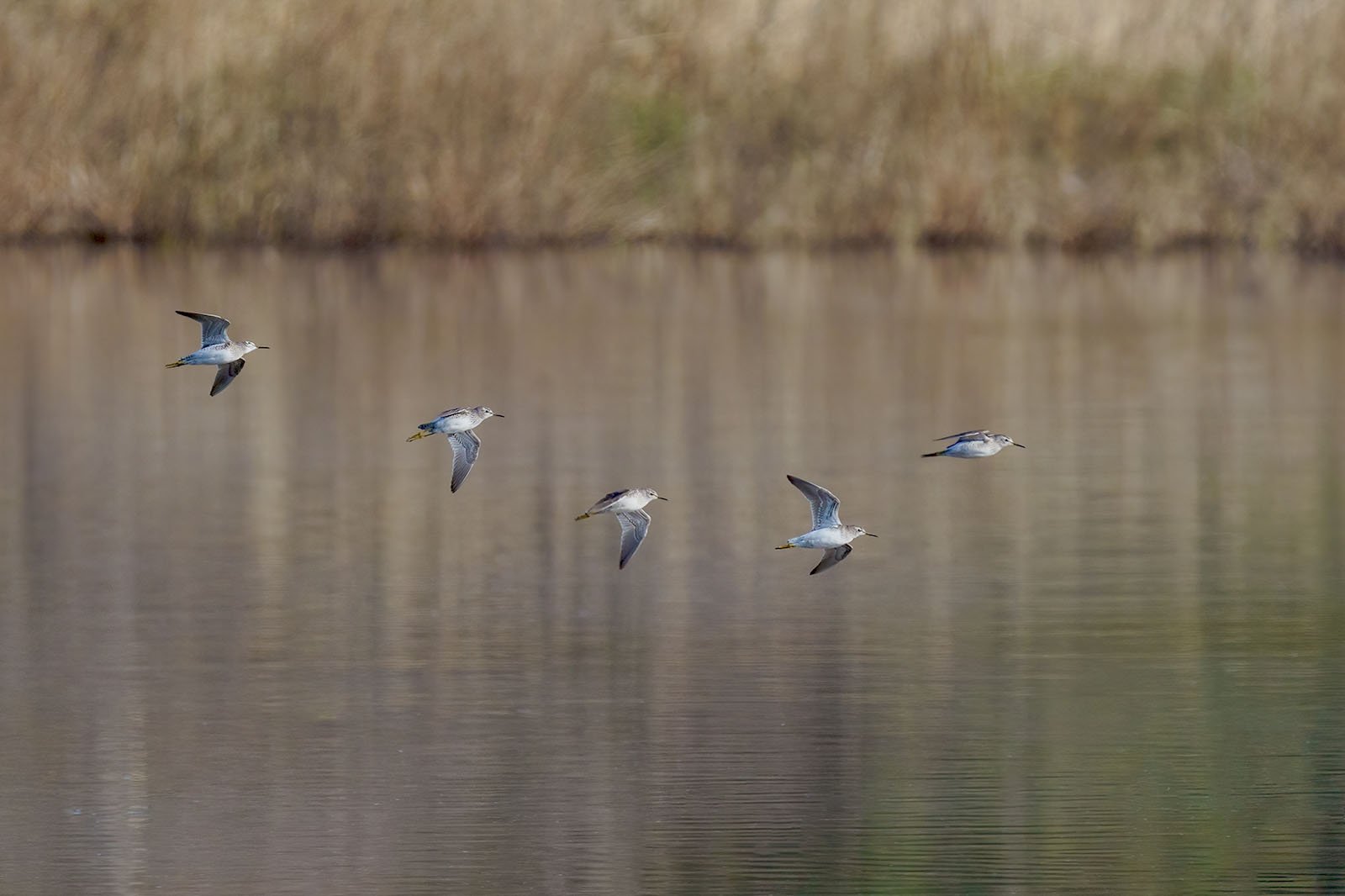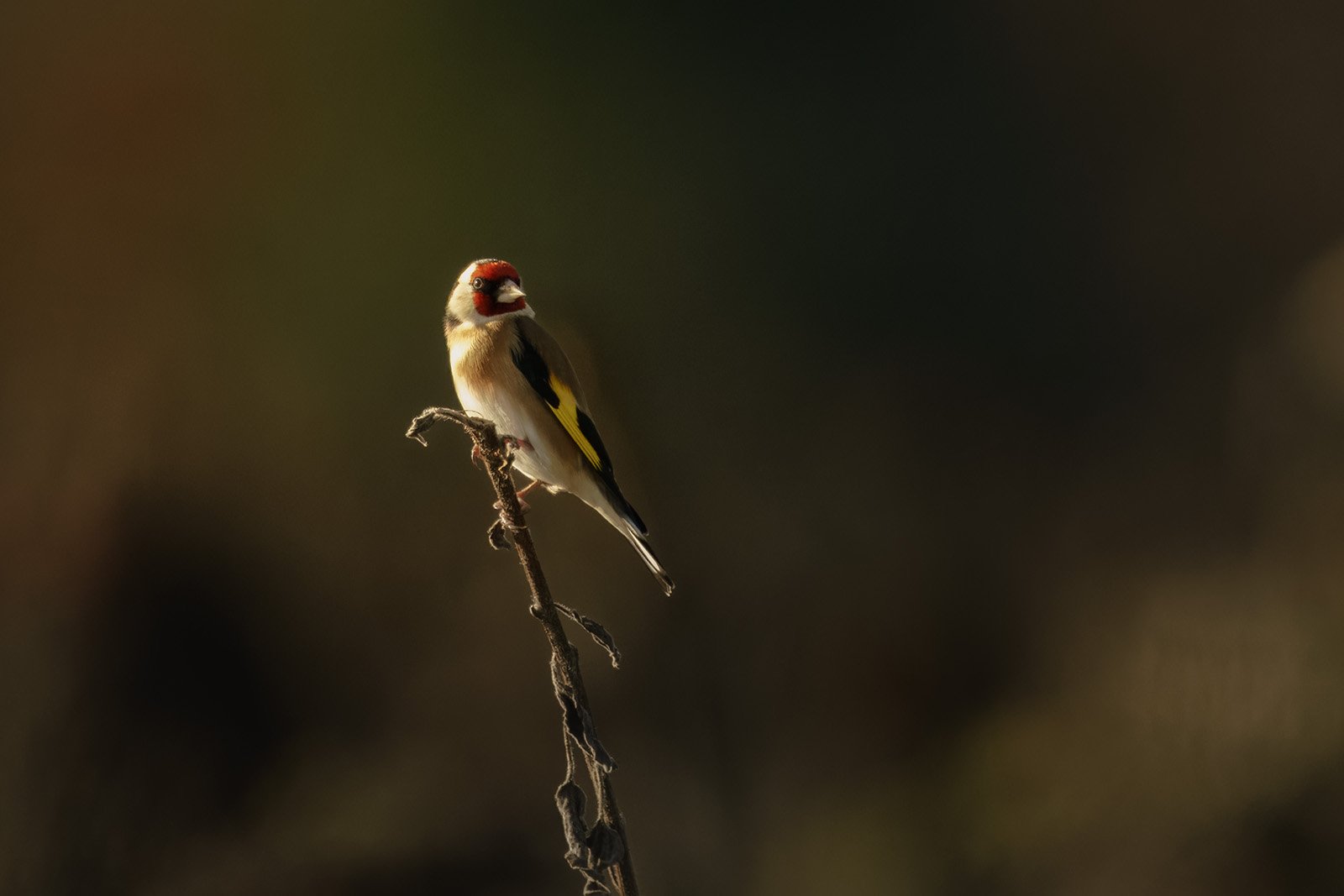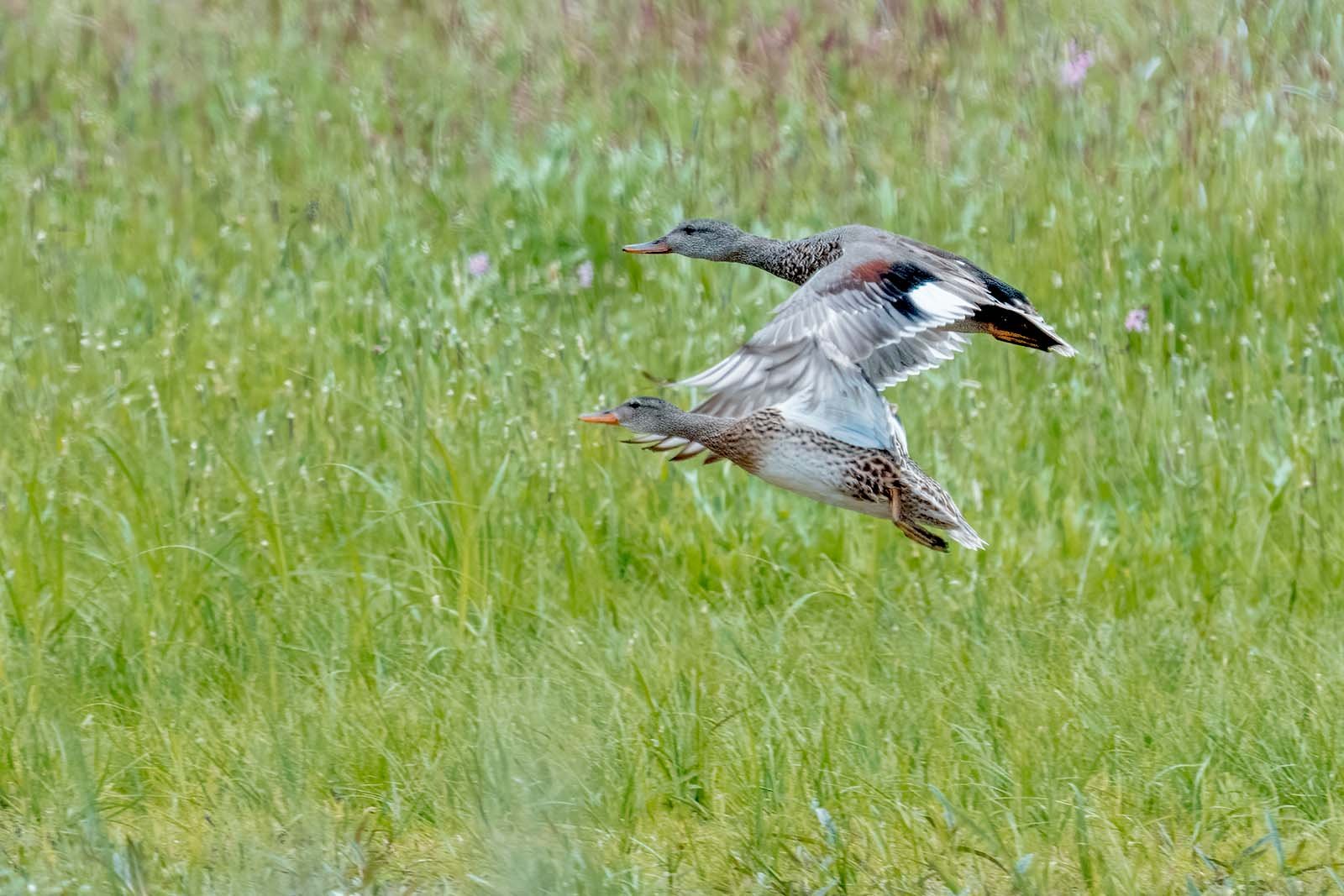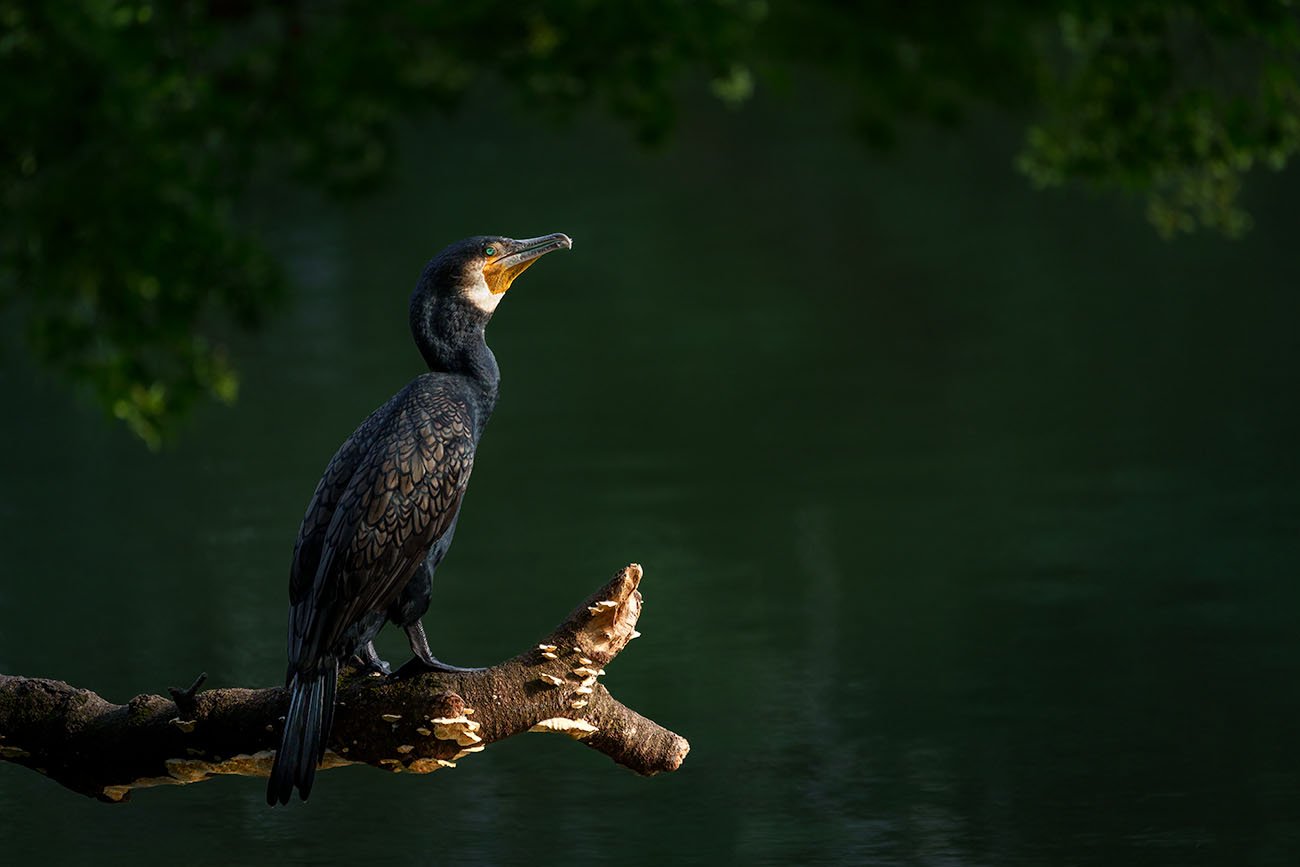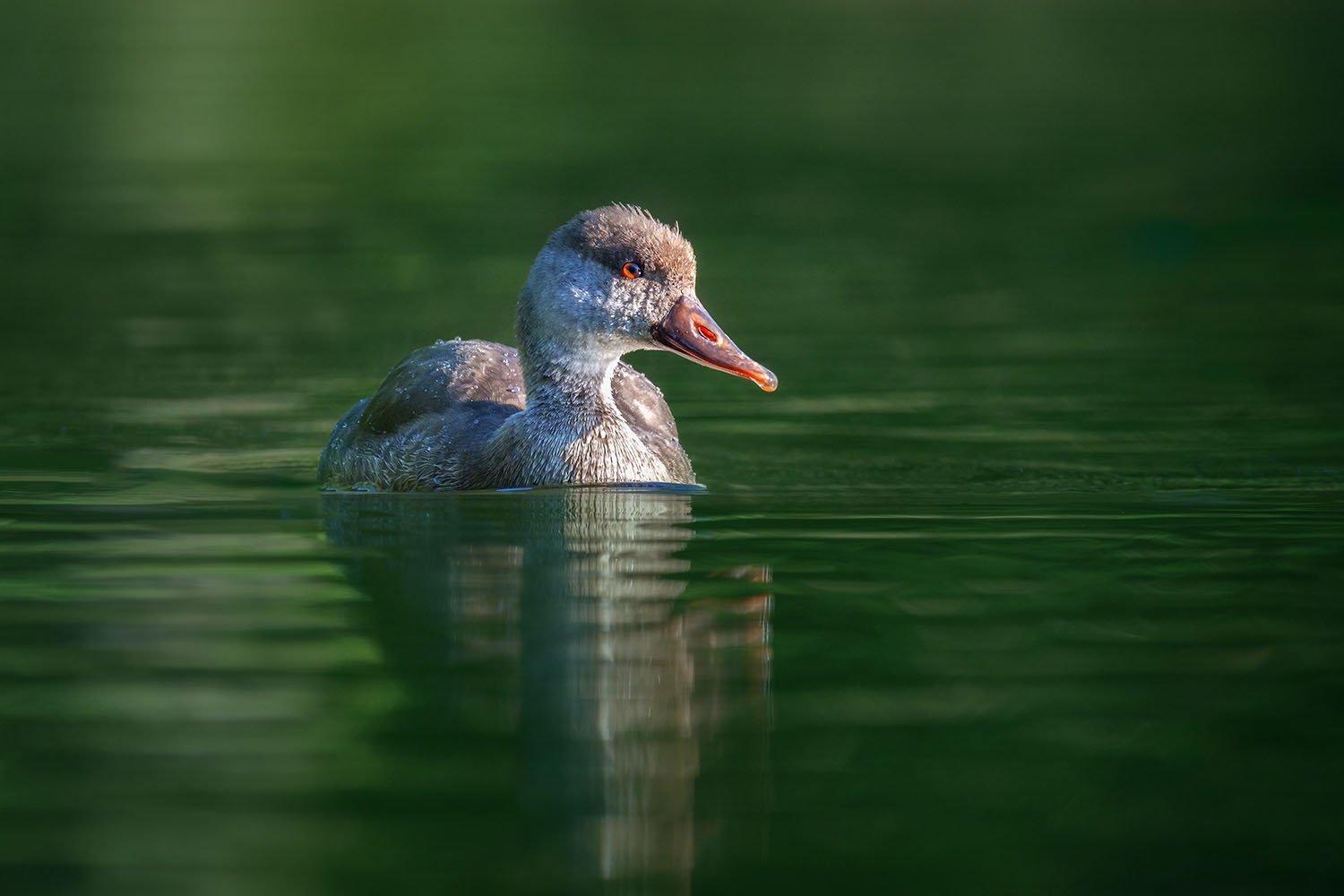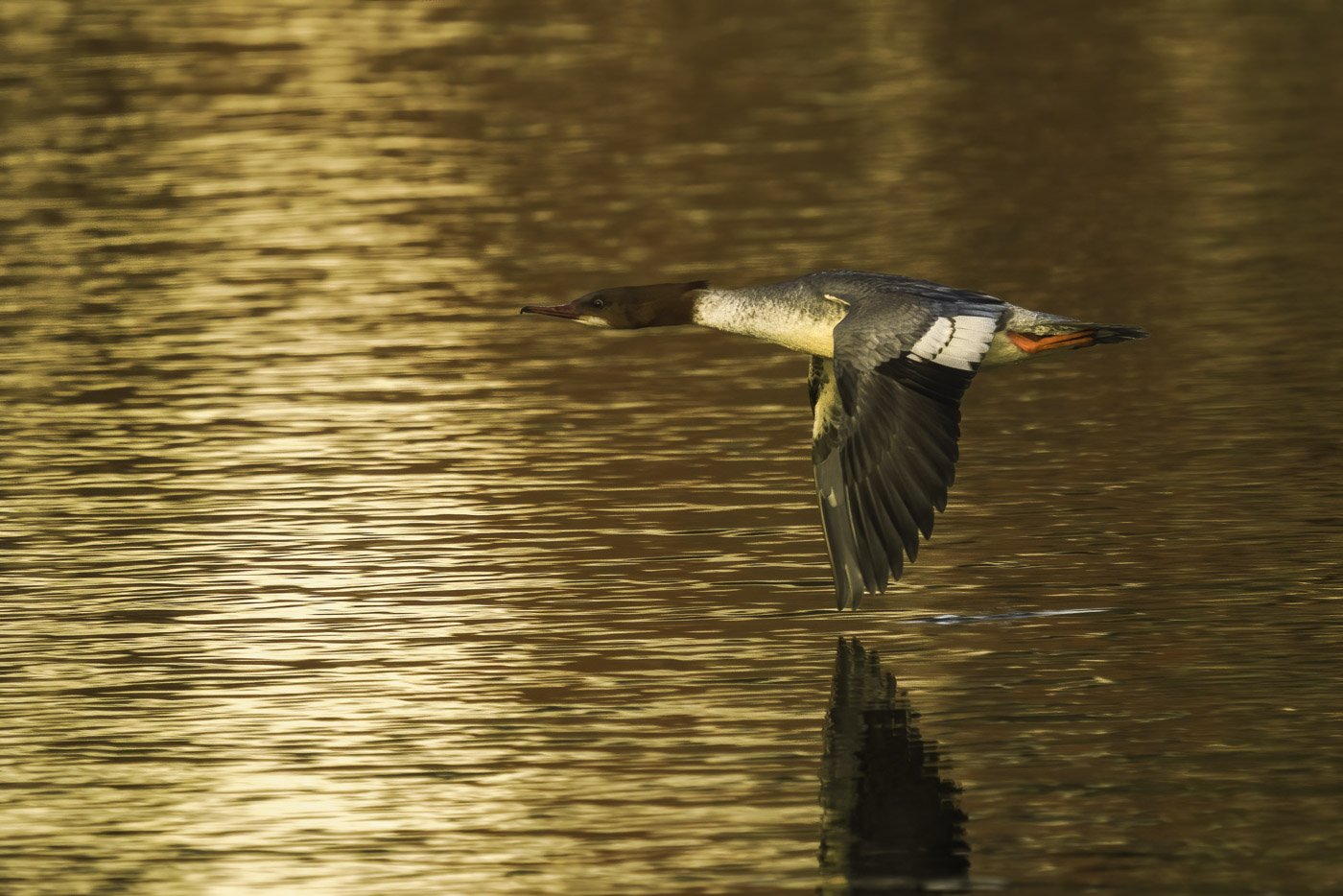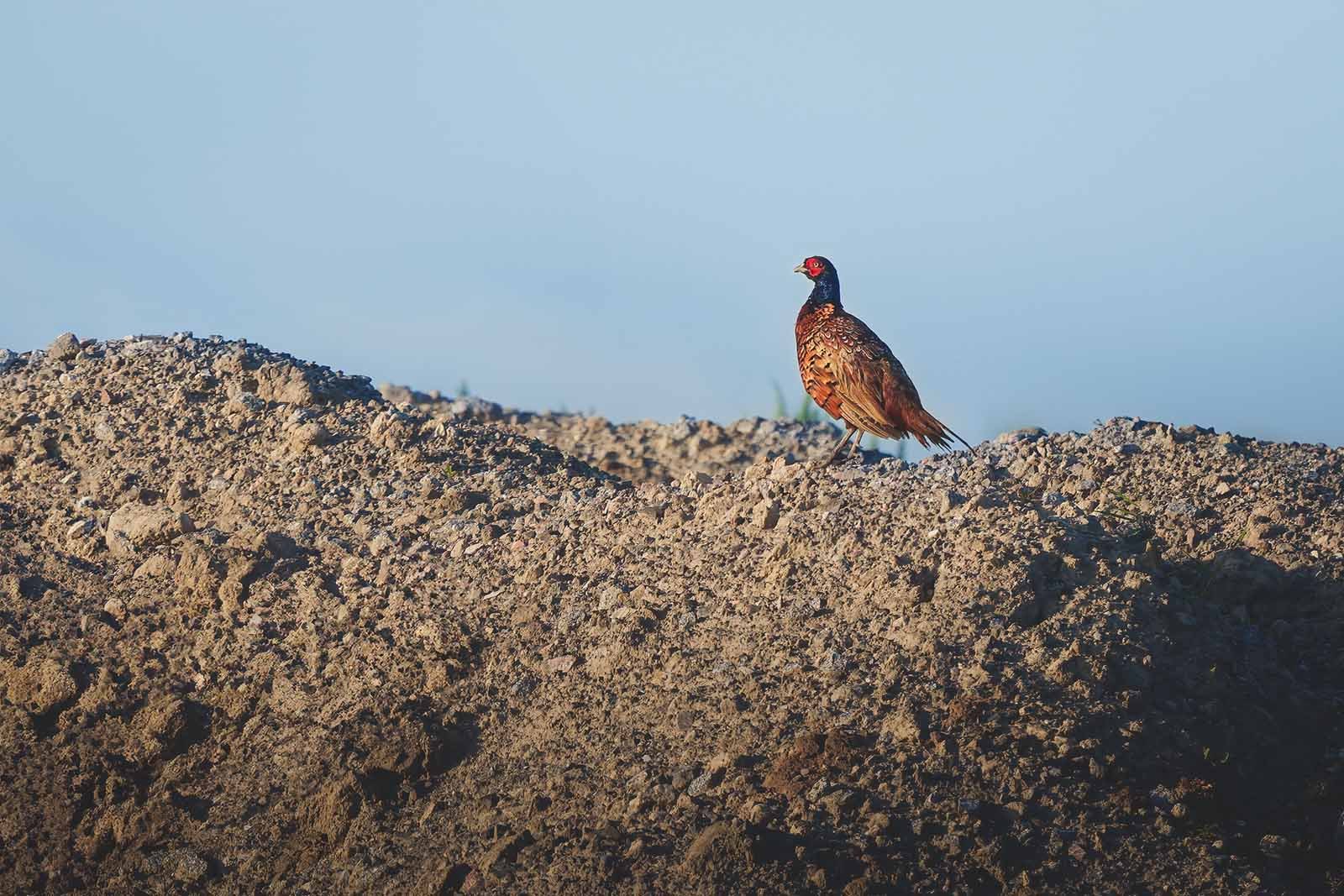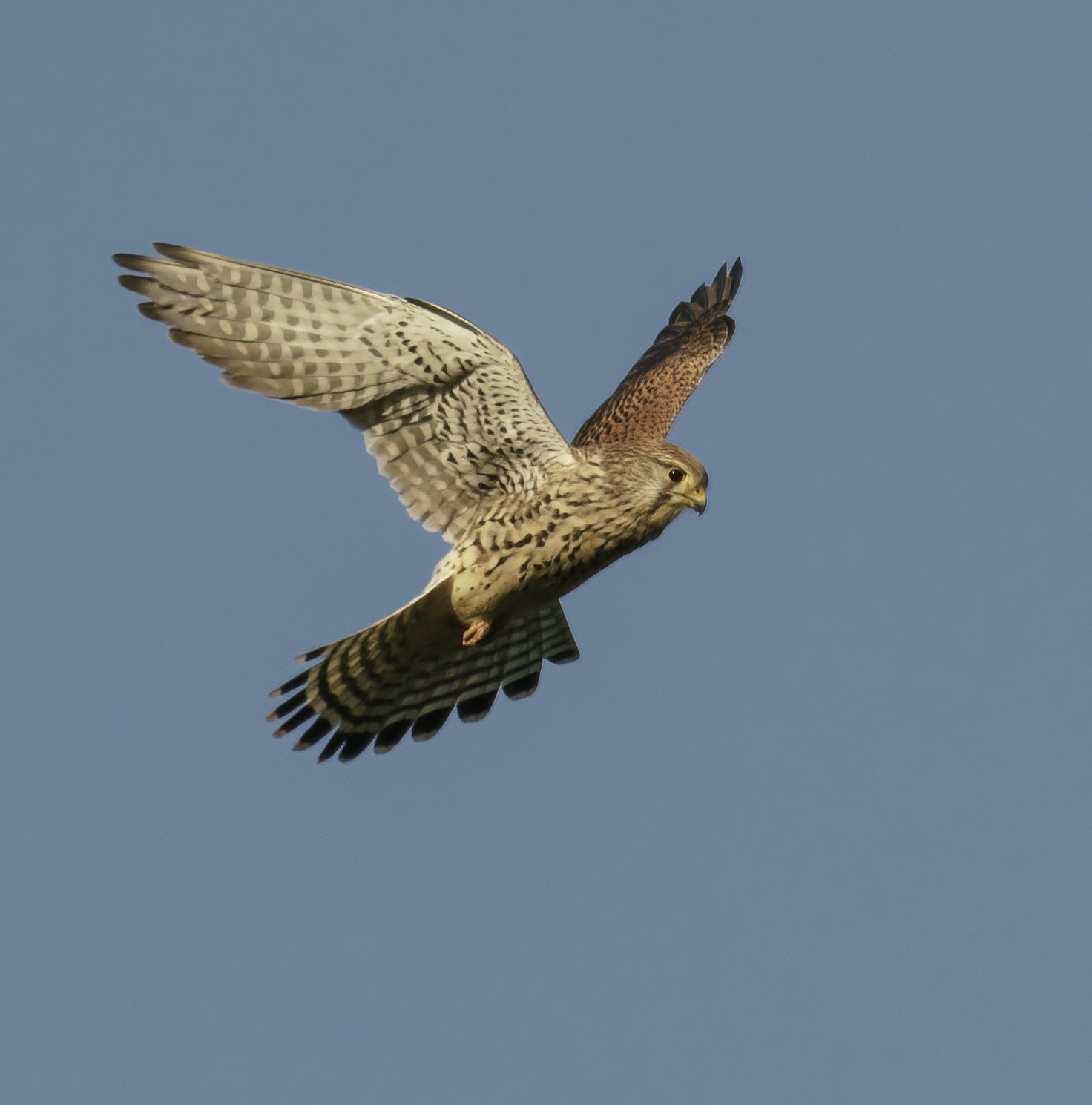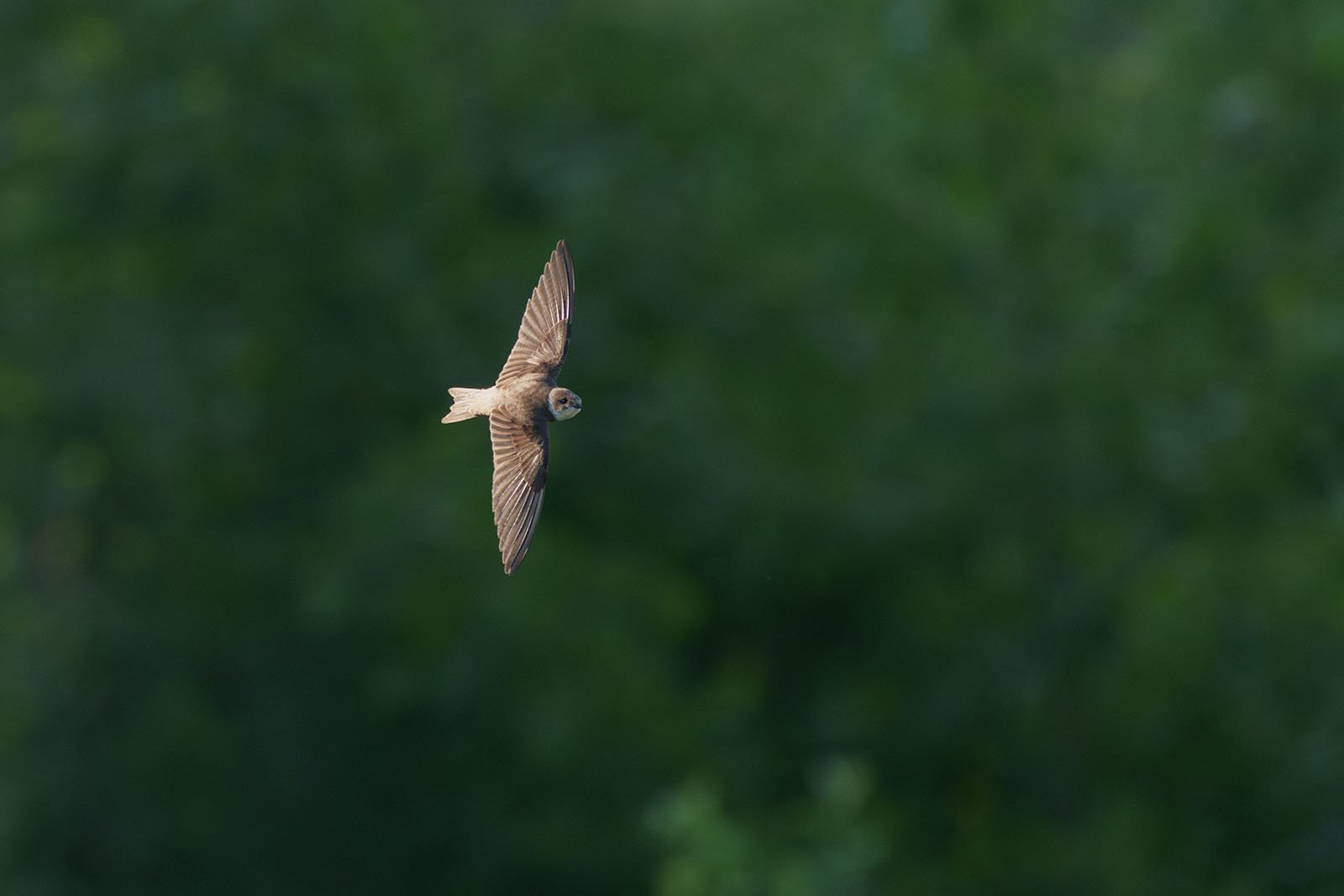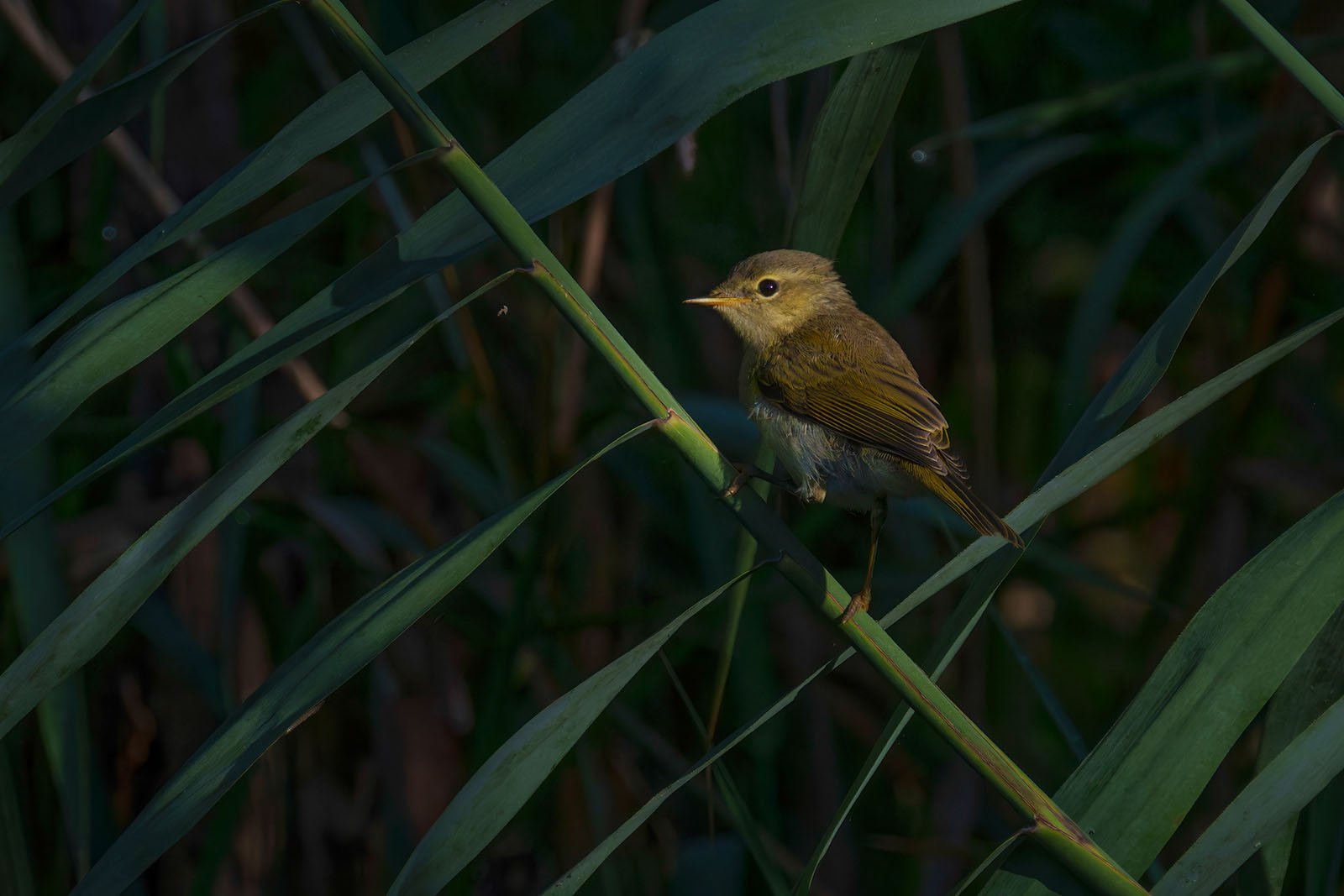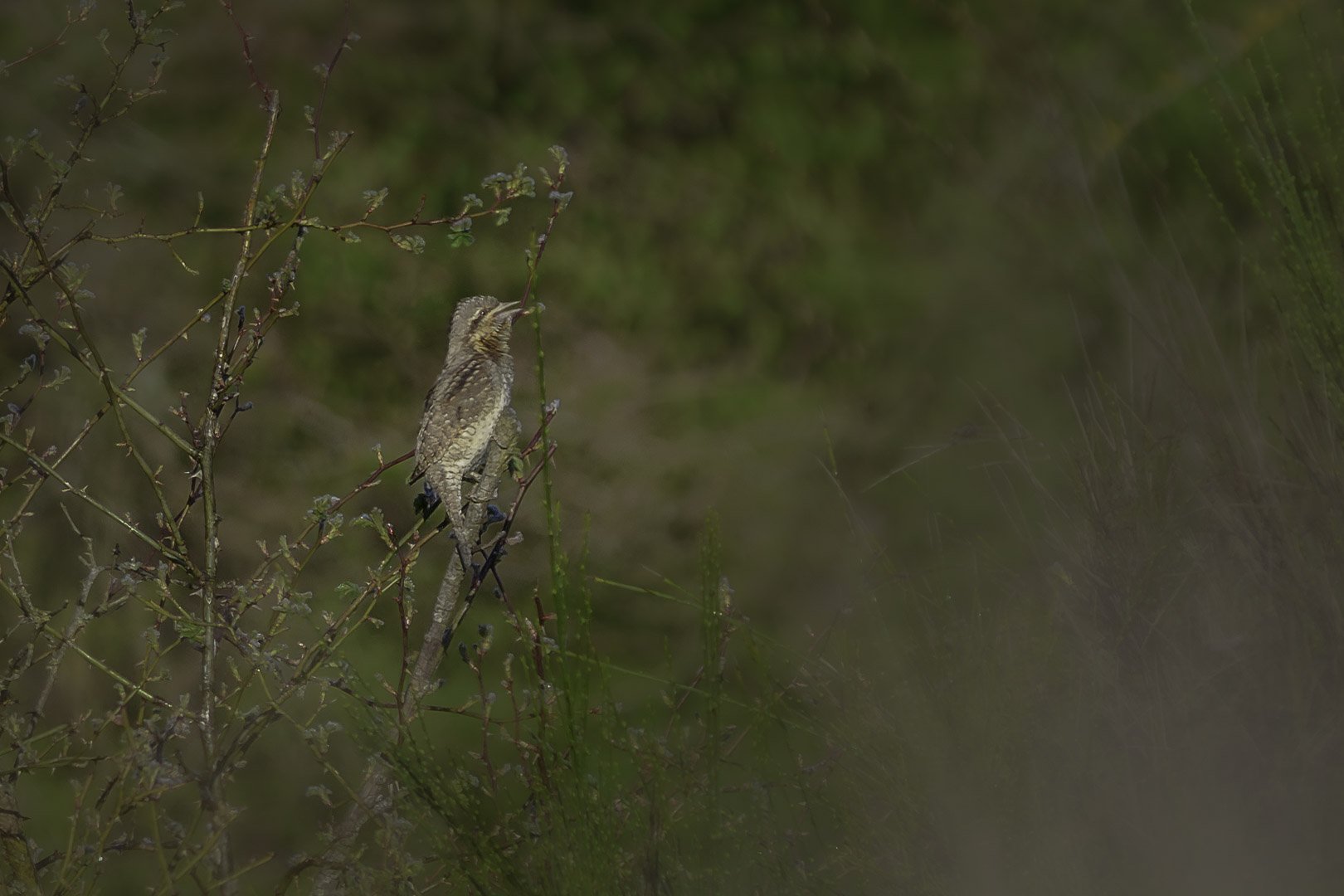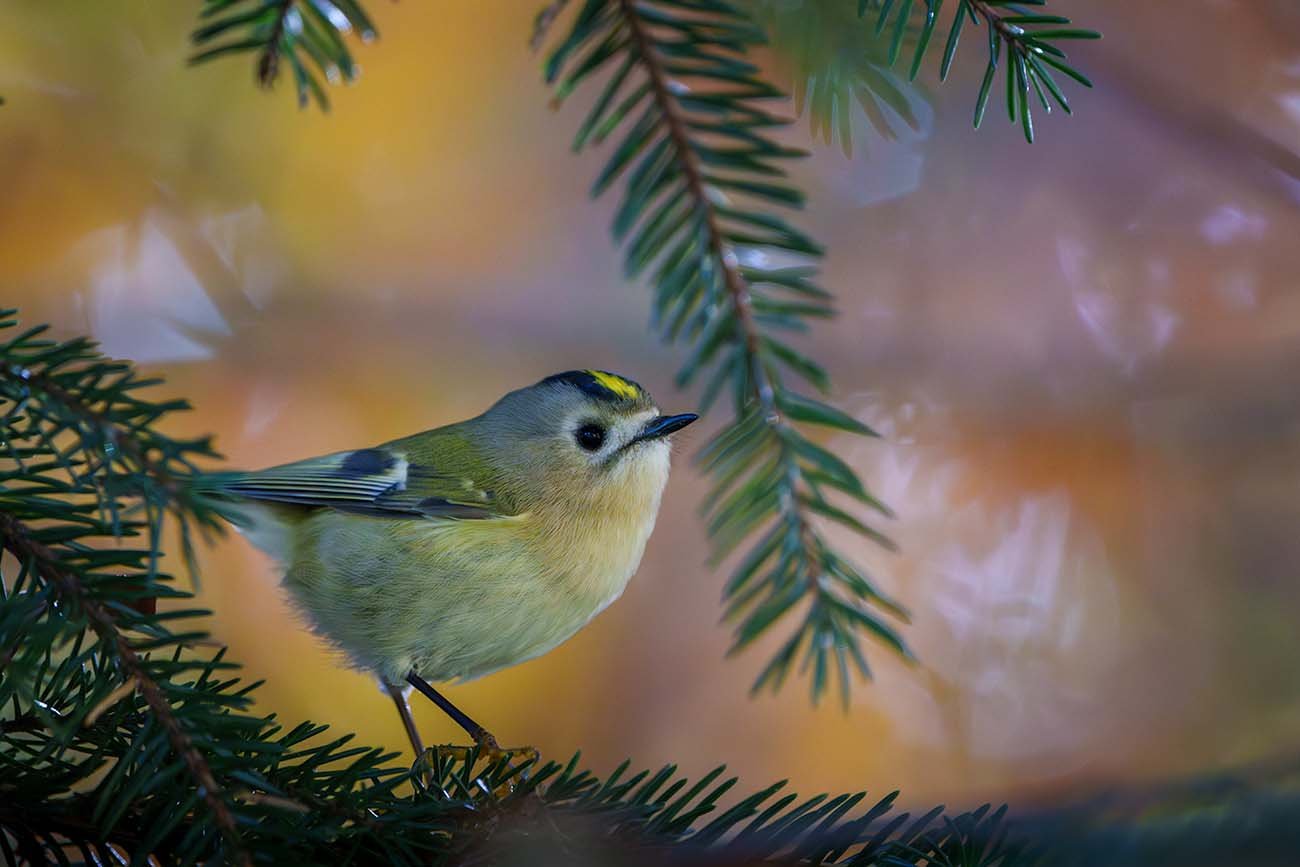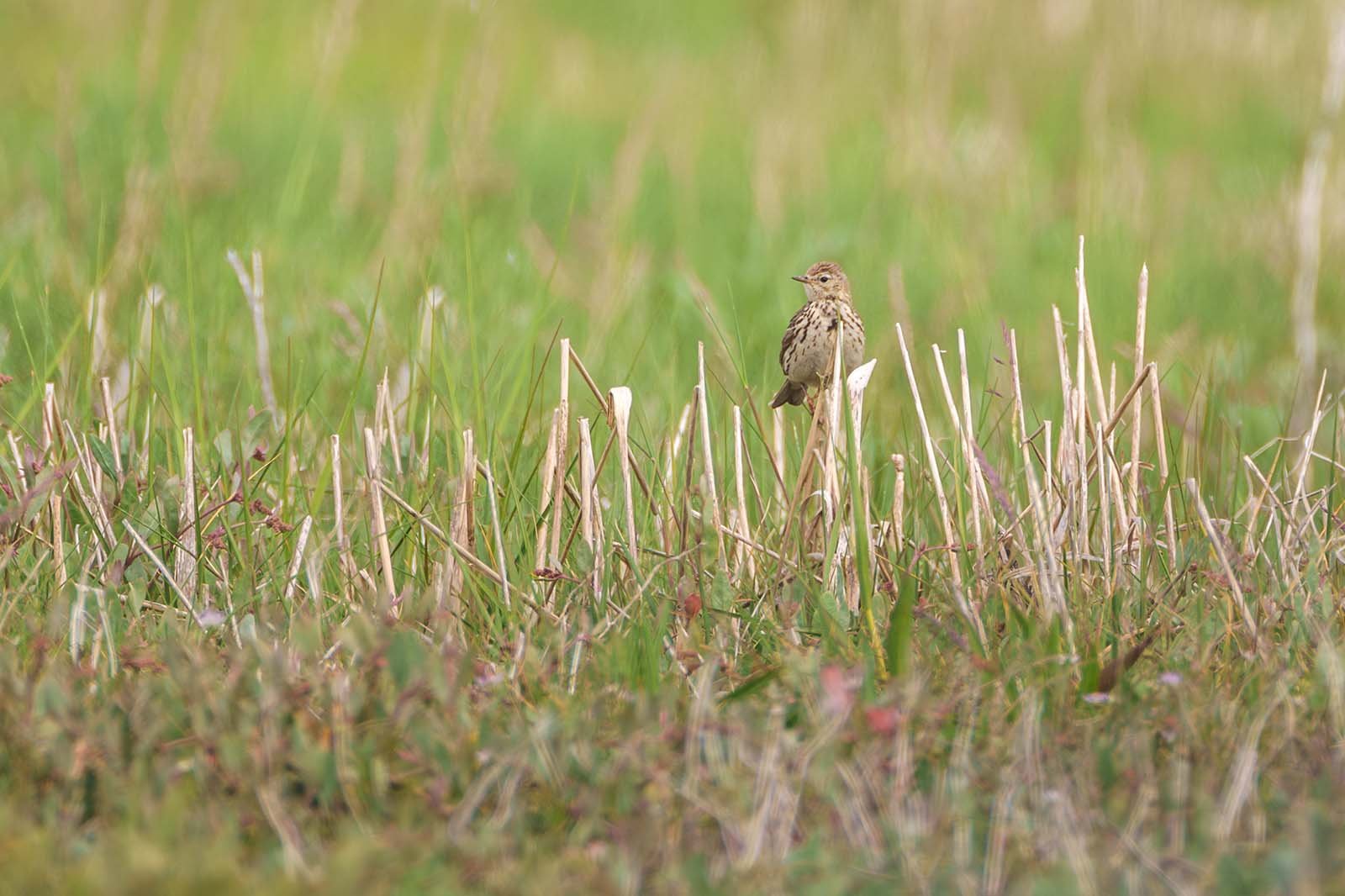Wood sandpiper (Tringa glareola)
Wood sandpiper (Tringa glareola)
Wood Sandpiper – The Wading Bird of Wetlands
The wood sandpiper (Tringa glareola) is a graceful wading bird found in marshes and wetlands. Learn all about its appearance, behavior, and habitat.
Shortlist
- Size: 18.5–21 cm (7.3–8.3 in)
- Weight: 50–80 g (1.8–2.8 oz)
- Appearance:
- Summer: Speckled upperparts, pale underside
- Winter: Uniform grayish tone with subtle streaking
- Distinctive pale eyebrow stripe
- Habitat: Wet moors, open swamp forests, river floodplains
- Diet: Insects, worms, snails, small crustaceans
- Breeding: Well-hidden ground nest, sometimes in abandoned thrush nests
- Call: High-pitched flight call "jiff-jiff-jiff," display song with descending phrases
Key Facts About the Wood Sandpiper
- Scientific name: Tringa glareola
- Family: Sandpipers (Scolopacidae)
- Order: Shorebirds (Charadriiformes)
- Distribution: Europe, Asia, parts of Africa
- Migration: Long-distance migrant, winters in Africa and South Asia
- Conservation status: Declining due to habitat loss
Table of Contents
- Introduction
- Appearance and Identification
- Habitat and Distribution
- Diet
- Breeding and Nesting
- Behavior and Vocalizations
- Migration and Annual Cycle
- Threats and Conservation
- FAQ – Frequently Asked Questions
Introduction
The wood sandpiper is an agile, slender wading bird known for its elegant movements and adaptability to wet habitats. A distinctive feature is its pale eyebrow stripe and its lively call.
During the breeding season, it prefers hidden, marshy areas in northern Eurasia. However, during migration, it can be regularly observed at shallow inland waters in Central Europe. Despite its wide range, populations have declined in some regions, mainly due to habitat loss.
Appearance and Identification
The wood sandpiper is a small wader, measuring 18.5 to 21 cm (7.3–8.3 in) in length and weighing 50 to 80 grams (1.8–2.8 oz). Its slender body and long legs allow it to move skillfully through marshy landscapes.
Plumage and Markings
Its plumage changes with the seasons:
- In summer, its upperparts are covered with fine, pale spots, giving it a speckled appearance. The underside remains largely pale.
- In winter, its feathers appear more uniformly gray, with only subtle streaking on the breast.
- Juveniles resemble adults but have a more pronounced, pale speckling.
A particularly striking feature is the pale eyebrow stripe, which contrasts sharply with the darker head.
Habitat and Distribution
Preferred Habitats
The wood sandpiper is highly dependent on wetland environments. During the breeding season, it inhabits:
- Bogs and marshes with scattered trees
- Floodplains and river meadows
- Open, swampy forests with hidden nesting spots
During migration, it frequents shallow inland waters such as muddy shorelines and flooded meadows, though it is less commonly found in coastal areas.
Distribution
Its primary breeding range stretches across northern Eurasia, from Scandinavia to Siberia. It migrates through Central Europe, with wintering grounds mainly in Africa and South Asia.
Diet
The wood sandpiper forages on the ground and in shallow waters, primarily feeding on:
- Insects (e.g., beetles, dragonfly larvae, water insects)
- Worms and snails
- Crustaceans and other small aquatic invertebrates
It searches for food by pecking and probing in the wet soil or making quick, shallow dipping movements in the water.
Breeding and Nesting
The breeding season begins between May and June.
- The nest is well-hidden on the ground, often in marshy forests or moorlands.
- In some cases, the wood sandpiper reuses abandoned nests of thrushes.
- The clutch usually consists of four eggs, incubated by both parents.
- After about 22–25 days, the chicks hatch. They are precocial (able to walk and feed themselves soon after hatching) but are guided and protected by the parents.
Behavior and Vocalizations
The wood sandpiper is a rather shy bird, but during the breeding season, it becomes more noticeable due to its display flight.
Vocalizations
- Flight call: A high-pitched, clear "jiff-jiff-jiff"
- Courtship song: A series of descending phrases, often described as "de triede triede triede…"
Migration and Annual Cycle
- Spring: Returns to breeding grounds, courtship begins
- Summer: Nesting and chick rearing
- Autumn: Migration to wintering grounds
- Winter: Stays in Africa and South Asia
Threats and Conservation
Threats
- Destruction of wetlands due to drainage and land development
- Climate change altering water levels in breeding areas
- Pesticide use, reducing its food sources
Conservation Measures
- Preservation and restoration of wetlands
- Protection programs for marsh habitats
- Hunting restrictions in wintering areas
FAQ – Frequently Asked Questions
Where can you observe the wood sandpiper?
The best places are shallow inland waters during migration.
Is the wood sandpiper a migratory bird?
Yes, it is a long-distance migrant, wintering in Africa and South Asia.
How can you distinguish it from other sandpipers?
By its pale eyebrow stripe and fine speckled pattern on the back.





